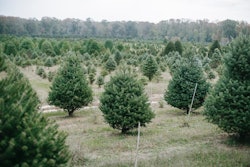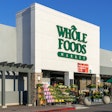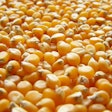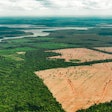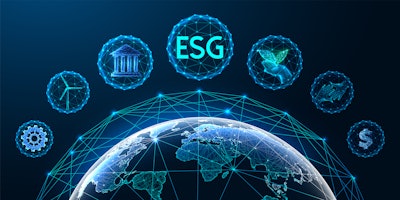
Over the past few years, sustainability has truly entered mainstream conversations within the feed industry. Feed producers made significant strides toward understanding the carbon footprint of feed through the expansion of initiatives such as the GFLI Database in 2023, and FEFAC believes some 90% of soy used in European feed products originates from areas with low risk of deforestation.
But there is still ample work to be done, and making cutting-edge technologies more readily available to feed and animal producers is among FEFAC's top goals for 2024, according to FEFAC president Pedro Cordero.
“The feed sector is delivering new innovations to the marketplace in a continuous effort to raise resource efficiency and, in particular, nutrient efficiency for more sustainable livestock and aquaculture production systems,” Cordero said in an interview with Feed Strategy. “Many of these innovations are taken up by the market, often because they offer to the buyer a significant payback. However, other innovations face market hurdles.”
For example, innovations related to enzymes and amino acids, which have helped to make EU-grown feed protein sources such as rapeseed meal and sunflower meal more readily available to monogastric feeding systems, have enjoyed a relatively rapid adoption thanks to the economic benefits they entail, Cordero said. But other innovations, including those related to biosecurity, reduced use of antibiotics, reduced enteric emissions and improved animal welfare, have been more difficult to market, he said, in no small part because the benefits of these technologies aren't easily communicated throughout the supply chain.
“This message must be conveyed to convince authorities and chain partners to invest in these techniques, because the farmers alone cannot afford investing in these techniques if they don't get a payback,” Cordero said.
FEFAC has also seen new challenges emerge as a result of competition from other industries looking to improve their own sustainability metrics. While FEFAC would like to see the use of byproducts and co-products increase in animal feed to reduce emissions and improve the industry's resilience to supply chain shocks, EU feed producers report that these ingredients are increasingly absorbed by biogas producers, Cordero said.
“We are therefore concerned about unintended consequences of EU policymaking where the political target of EU energy autonomy could undermine EU food autonomy and the circularity of feed and food production,” Cordero said.
With the next European elections set to take place in June 2024, Cordero said FEFAC is “keen to push the topic of circular feed in this context while also raising the discussion of exploring possibilities to assess the fitness of our regulatory framework to allow for innovative feed ingredients to play a role in boosting the sector's sustainability.”


